|
Ashford School and Hall Memorial School will see their project lift off on a SpaceX rocket on July 21, 2019 at 7:32 pm ET. The rocket, blasting off from Cape Canaveral Air Force Station, Fla., will carry the student designed experiment to the International Space Station (ISS). Last fall, the Student Spaceflight Experiments Program had students across the nation compete to create research proposals to test the effect of microgravity and have those proposals vetted by a review board. As part of a district collaboration, students at Ashford School and Hall Memorial School worked in groups to develop their experiments. The chosen experiment was designed and implemented by Alison Bean, Anna Dietz, Adam Dunham, Skylar Garrison, Thaddeus Kelly, and Parker Perosky. The students’ were supported by their science and technology teachers, Mrs. Moore, Mrs. Basch, Mrs. Craven, Ms. Imhoff, Mrs. Burnham, and Mrs. Knotts. Ashford and Willington were one of only 41 scientific experiments designed by children from the U.S., Canada and Brazil that will be conducted by astronauts during the experiment’s four to six-week stay on the ISS, as part of the national Student Spaceflight Experiments Program, or SSEP. Their experiment, “The Effects of Microgravity on the Fertilization of Beetroot,” seeks information on the effects of weightlessness on the fertilization of beetroot seeds. This amazing opportunity would not have been possible without community support. Ashford and Willington received $24,000 funding from the Connecticut Space Grant Consortium at The University of Hartford, Subaru USA, Eversource, The Community Foundation of Eastern Connecticut, The Mobile Animal Clinic of Eastern Connecticut, Whitcraft, and TTM Technologies. Their support of this initiative has impacted students across multiple grade levels in both Ashford and Willington. And, thank you to Hart Seed, for providing the beetroot seeds that will be launched into Space. In addition to the science experiment, Mrs Boulanger’s art students at Ashford School created mission patch designs to accompany the science experiment to the ISS. Over 370 students participated in the Ashford Mission Patch Design plan. Students were judged in two different categories: fifth grader Anna Burnham was selected from the 5-8 division and second grader Ellis Anderson was selected from the K-4 division. The two winning patch design display images of space, the Earth, and the Ashford’s mascot PAWS. The Student Spaceflight Experiments Program (SSEP) is a program of the National Center for Earth and Space Science Education (NCESSE) in the U.S. and the Arthur C. Clarke Institute for Space Education internationally. It is enabled through a strategic partnership with DreamUp PBC and NanoRacks LLC, which are working with NASA under a Space Act Agreement as part of the utilization of the International Space Station as a National Laboratory. SSEP is the first pre- college STEM education program that is both a U.S. national initiative and implemented as an on-orbit commercial space venture.
0 Comments
Your comment will be posted after it is approved.
Leave a Reply. |
AuthorsKate Craven Archives
October 2018
Categories |
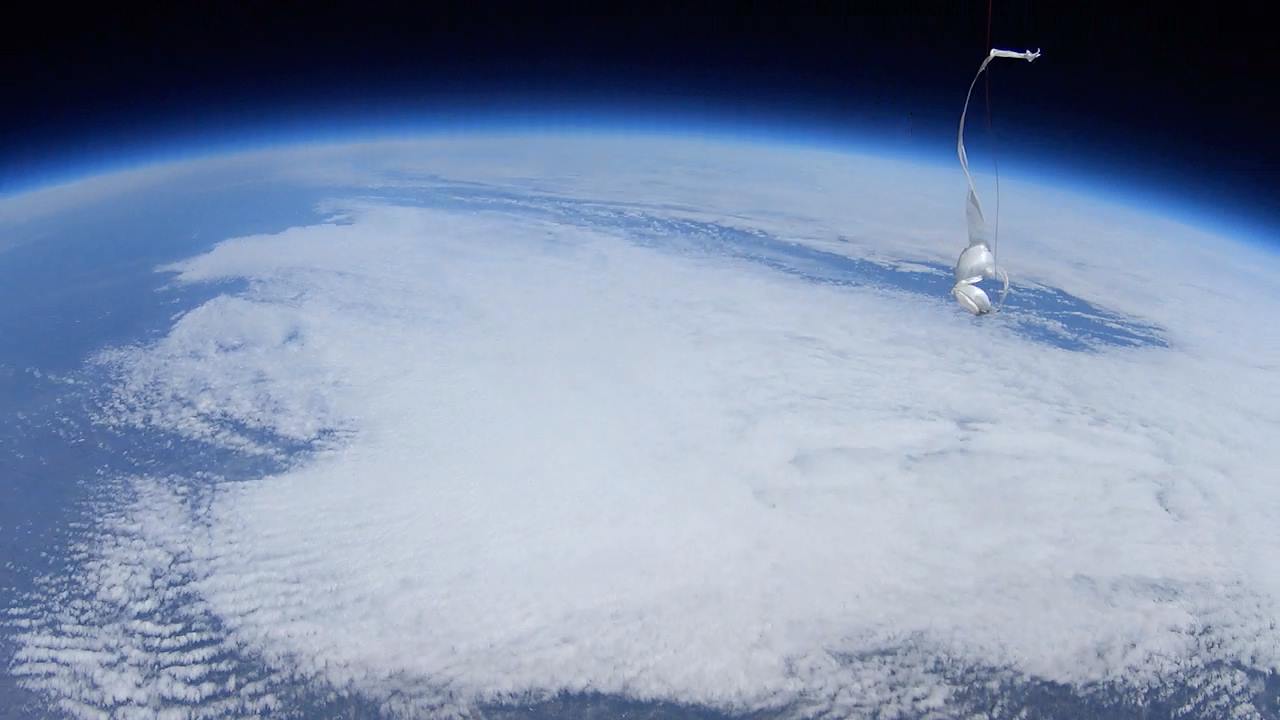
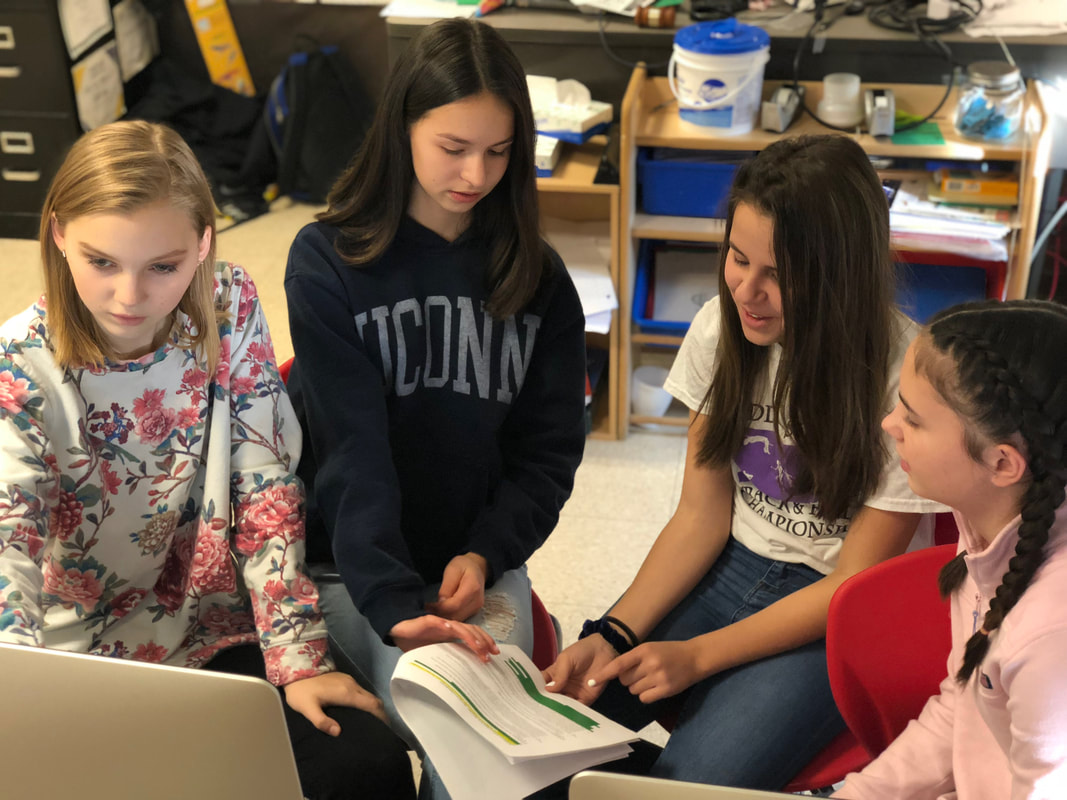
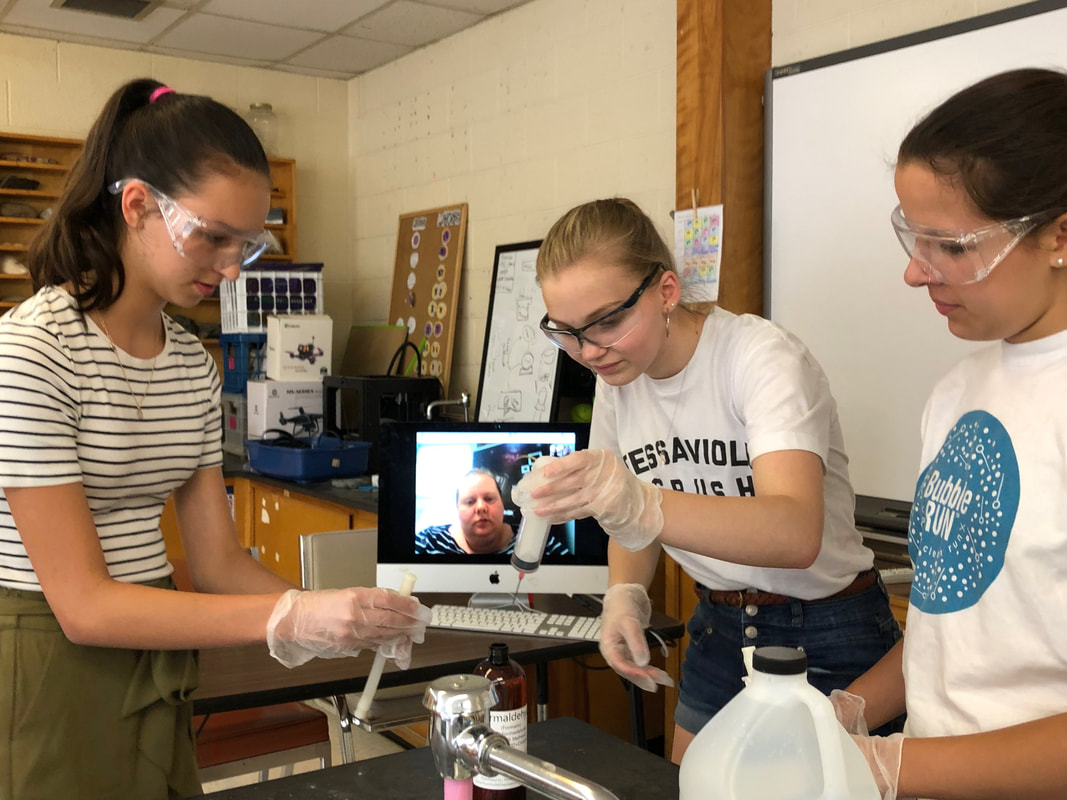
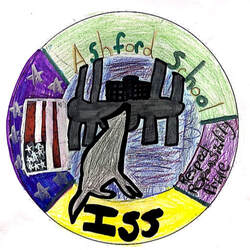
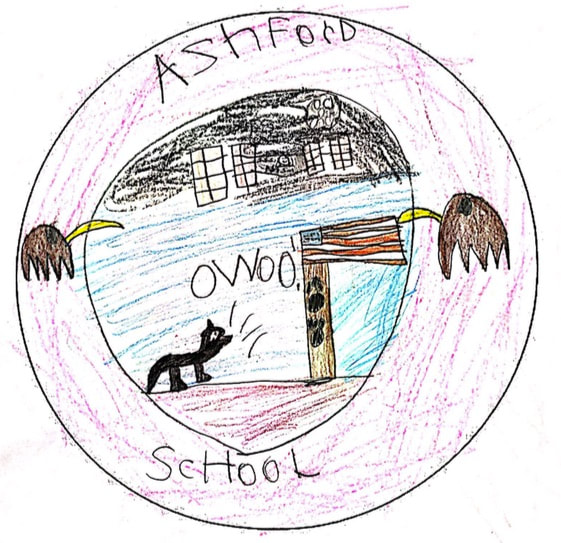
 RSS Feed
RSS Feed
